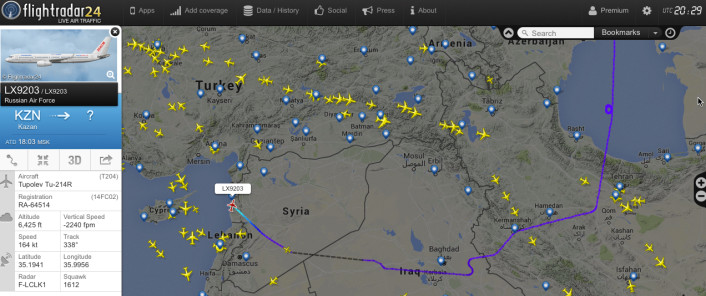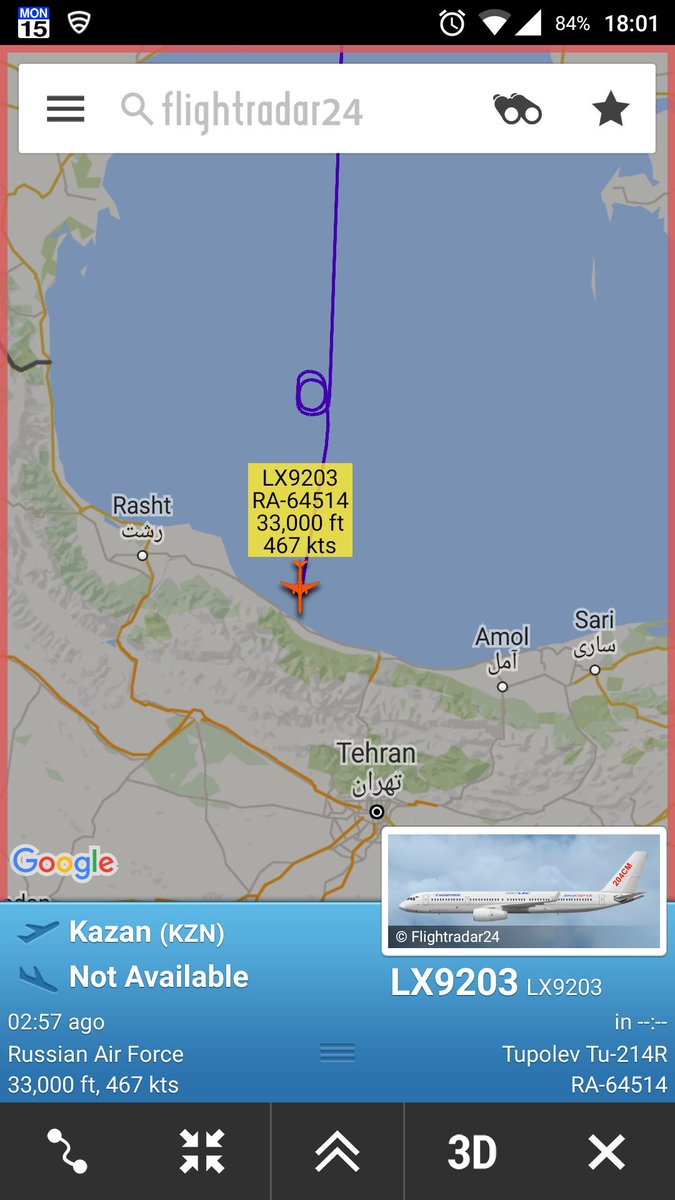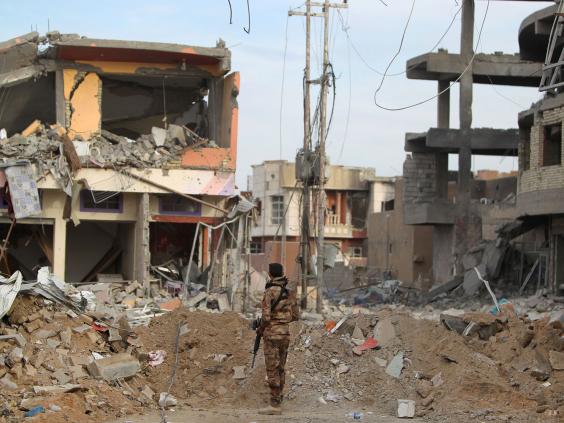But Obama did play golf last weekend and it appears he is missing the funeral of Supreme Court Justice Antoine Scalia to play golf?
Last year, the White House held a summit on the matter, any achievements? Nah.
It appears that perhaps Obama and his national security team has left the matter up the Tony Blinken at the State Department and the Brookings Institute.
The United States has mobilized countries around the world to disrupt and defeat these threats to our common security—starting with Daesh and al-Qaeda and including Boko Haram, al-Shabaab, AQAP, and a number of other groups. Now, the most visible part of this effort is the battlefield and our increasingly successful effort to destroy Daesh at its core in Iraq and Syria. Working by, with, and through local partners, we have taken back 40 percent of the territory Daesh controlled a year ago in Iraq and 10 percent in Syria—killing senior leaders, destroying thousands of pieces of equipment, all the while applying simultaneous pressure against key chock points and isolating its bases in Mosul and Raqqa. In fact, we assess Daesh’s numbers are the lowest they’ve been since we began monitoring their manpower in 2014.
We have a comprehensive strategy includes training, equipping, and advising our local partners; stabilizing and rebuilding liberated areas; stopping the flow of foreign fighters into and out of Iraq and Syria; cutting off Daesh’s financing and countering its propaganda; providing life-saving humanitarians assistance; and promoting political accommodations so that our military success is sustainable.
In each of these areas, we are making real progress. These hard-fought victories undermine more than Daesh’s fighting force. They erode the narrative it has built of its own success—the perception of which remains one of Daesh’s most effective recruiting tools. For the danger from violent extremism has slipped past war’s frontlines and into the computers and onto the phones of citizens in every corner of the world. Destined to outlive Daesh, this pernicious threat is transforming our security landscape, as individuals are inspired to violent acts from Paris to San Bernardino to Jakarta.
So even as we advance our efforts to defeat Daesh on the frontlines, we know that to be fully effective, we must work to prevent the spread of violent extremism in the first place—to stop the recruitment, radicalization, and mobilization of people, especially young people, to engage in terrorist activities. Read all the comments and remarks here.
White House Misses Deadline to Deliver ISIS Strategy to Congress
Brown: (CNSNews.com) – The House Armed Services Committee noted Tuesday that the Obama administration missed their February 15 deadline to deliver a strategy to counter violent extremist groups in the Middle East, such as ISIS and al Qaeda, as required by the National Defense Authorization Act.
Rep. Mac Thornberry (R-Texas), chairman of the House Armed Services Committee, harshly criticized President Obama’s failure to meet the deadline.
“I fear the President’s failure to deliver this report says far more about the state of his strategy to defeat terrorists than any empty reassurance he may offer from the podium,” Thornberry said in a statement.
“Unsurprisingly, the Administration cannot articulate a strategy for countering violent extremists in the Middle East. Time and again, the President has told us his strategy to defeat extremist groups like ISIS and al Qaeda is well underway,” Thornberry said, “yet, months after the legal requirement was established, his Administration cannot deliver that strategy to Congress.”
Thornberry also outlined the consequences of the administration’s failure, calling it “a lost opportunity” for Congress and the administration to come together for a common approach to respond to the threat.
“The Committee is working now to shape the FY17 National Defense Authorization Act and the Pentagon has already begun requesting authorities our troops need to defeat this enemy. Without a strategy, this amounts to leaving our troops in the wilderness with a compass, but no map,” he wrote.
“Failing to comply with the report deadline represents more than a failure of strategic vision for the White House,” Thornberry emphasized. “It is a lost opportunity for the Administration and Congress to work together on a common approach to face this threat.”
Section 1222 of the National Defense Authorization Act for FY16, signed by President Obama in November, “requires the Secretaries of State and Defense to deliver a strategy for the Middle East and countering violent extremism no later than February 15, 2016” according to Thornberry’s statement.
It also requires the Administration to “lay out a number of elements needed to defeat terrorist groups like ISIS and al Qaeda, including a description of the role the U.S. military will play in such a strategy, a description of the coalition needed to carry out the strategy, and an assessment of efforts to disrupt foreign fighters traveling to Syria and Iraq.”
House Speaker Paul Ryan (R-Wisc.) sent the White House a reminder of the deadline on February 10, citing a recent testimony by Lt. Gen. Vincent Stewart, director of the Defense Intelligence Agency, that ISIS “will probably attempt to conduct additional attacks in Europe, and attempt to direct attacks on the U.S. homeland in 2016.”
“We are aware of the report and are actively working with multiple interagency offices to complete this legal requirement per the NDAA and look forward to submitting the completed report to Congress in the near-term,” Army Lt. Col. Joe Sowers, a Department of Defense spokesman, told The Hill on Friday.
*** Just one reason why Obama being tardy is an issue:
The intercontinental nuclear missile threat arrives in America.
Americans have been focused on New Hampshire and Iowa, but spare a thought for Los Angeles, Denver and Chicago. Those are among the cities within range of the intercontinental ballistic missile tested Sunday by North Korea. Toledo and Pittsburgh are still slightly out of range, but at least 120 million Americans with the wrong zip codes could soon be targets of Kim Jong Un…
***
“We assess that they have the capability to reach the [U.S.] homeland with a nuclear weapon from a rocket,” U.S. Admiral Bill Gortney of the North American Aerospace Defense Command said in October, echoing warnings from the Defense Intelligence Agency and the U.S. commander in South Korea…
All of this vindicates the long campaign for missile defense. Ronald Reagan’s Strategic Defense Initiative helped win the Cold War, and North Korea is precisely the threat that continued to justify the cause after the Soviet Union’s collapse…
You can thank the George W. Bush Administration for the defenses that exist, including long-range missile interceptors in Alaska and California, Aegis systems aboard U.S. Navy warships and a diverse network of radar and satellite sensors. The U.S. was due to place interceptors in Poland and X-Band radar in the Czech Republic, but in 2009 President Obama and Hillary Clinton scrapped those plans as a “reset” gift to Vladimir Putin.
Team Obama also cut 14 of the 44 interceptors planned for Alaska and Hawaii, ceased development of the Multiple Kill Vehicle… and defunded the two systems focused on destroying missiles in their early “boost” phase… By 2013 even Mr. Obama partially realized his error, so the Administration expanded radar and short-range interceptors in Asia and recommitted to the 14 interceptors for the U.S. West Coast. It now appears poised to install sophisticated Thaad antimissile batteries in South Korea.











